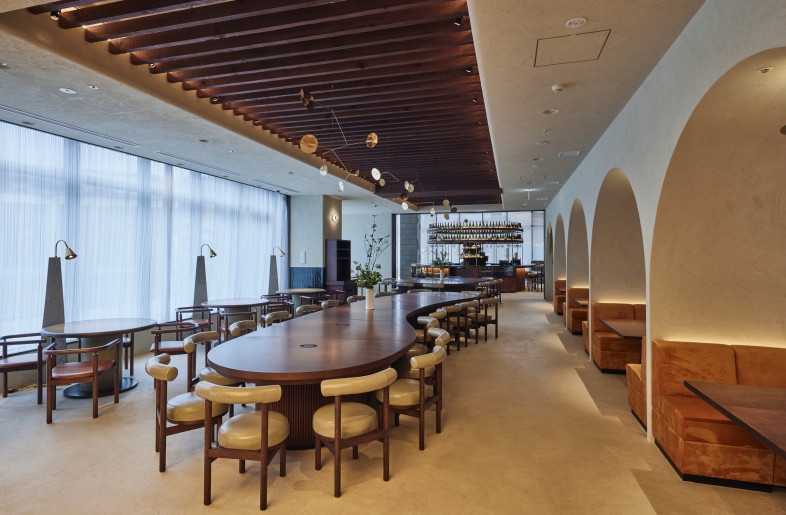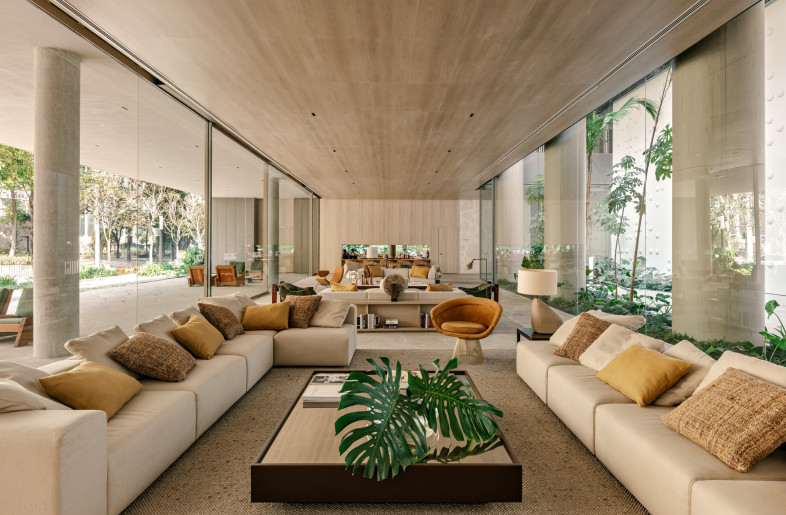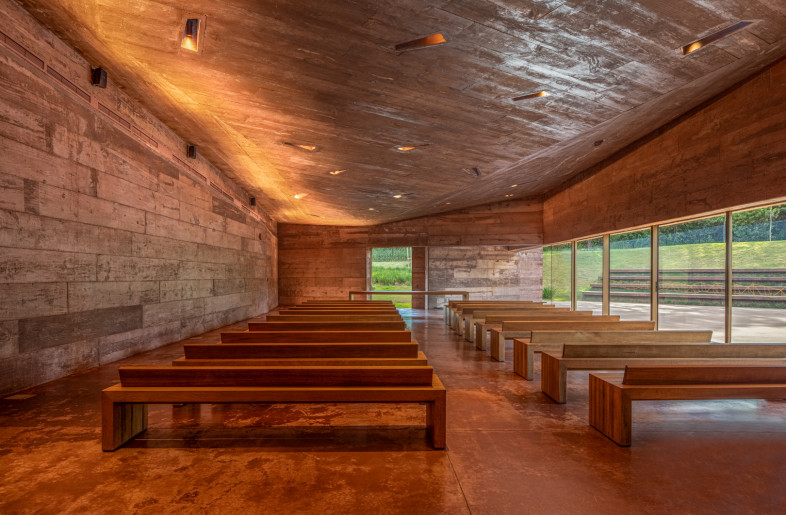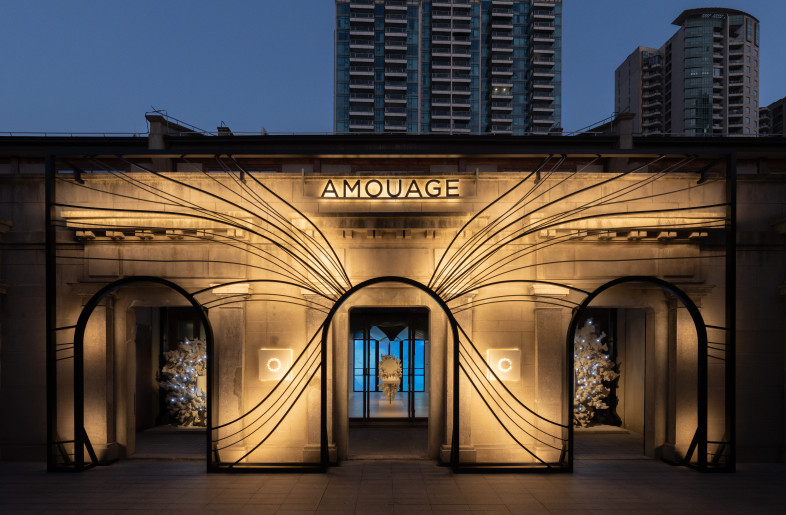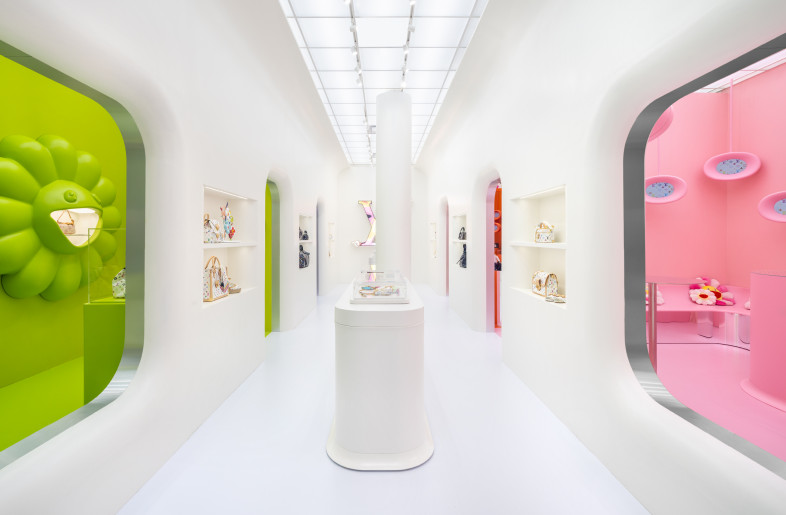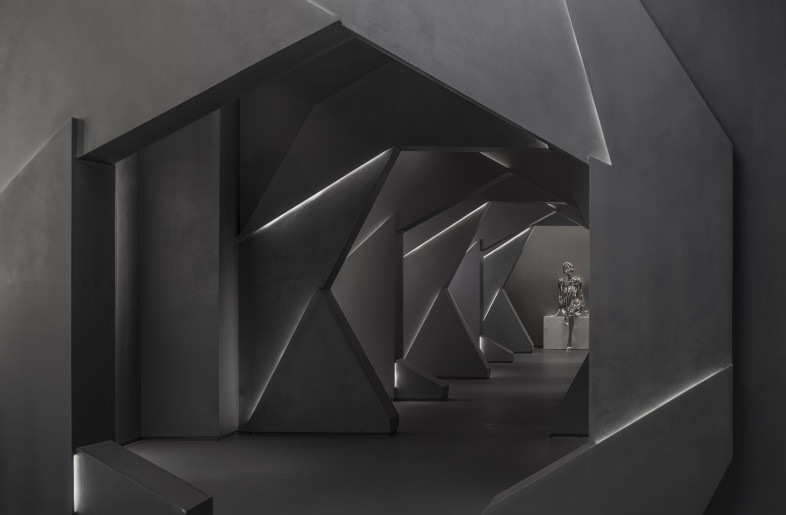OSAKA×MILANO DESIGN LINK 2019 Two window-display projects for Daimaru Osaka -Japan. Milan and Osaka connected by Design Link, the very first collaboration between Fuorisalone.it and Daimaru.
Studiolabo, as author and creator of Fuorisalone.it, is proud to present OSAKA×MILANO DESIGN LINK, the first event conceived in collaboration with Daimaru Matsuzakaya Department Stores, the most important and old mall of Japan, in partnership with local institutions and administrations.
In occasion of the Grand Opening of the Main Building of Daimaru Shinsaibashi Store, nine exhibitions from Fuorisalone 2019 and two site specific installations by italian designer Elena Salmistraro will be presented as an accurate selection made by Studiolabo and Daimaru, with the contribution of the Japanese production agency and partner Drlll, OSAKA×MILANO DESIGN LINK has been conceived by Daimaru Matsuzakaya Department Stores to create a link between Japan and Italy and between Osaka and Milan through design as a strategic, commercial and cultural lever. But also to celebrate Fuorisalone as the most important and representative moment for Milan, the world’s design capital.
The aim is to establish a long-term partnership, developing formats for events and activities to be held in Japan, in collaboration with Studiolabo and Fuorisalone.it. Strategies such as "Local marketing" and "Design" will be the drivers for the development of the collaboration with Daimaru, together with the valuable support of Drill. During Fuorisalone 2019 we started by identifying 30 different design exhibitions which mixed materials and processes (from ceramics to light, from high craftsmanship to mass production). We then short-listed and selected nine installations based on the dimensional and spatial limits defined by Daimaru Shinsaibashi Store.
We thus searched for small installations that could be replicated in another context while maintaining their expressive power and evocative value. As a result, the festival is necessarily a very partial synthesis of what Fuorisalone 2019 has to offer, but it aims to be a good business card to tell the story of Milan Design Week. For the shop windows at the entrance of the Daimaru Shinsaibashi Store we decided to engage Elena Salmistraro one of the most interesting and eclectic Italian designer on the international scene.
Her works are inspired by different disciplines, from art to graphics, from product design to handcrafted production. Studiolabo teamed up with Elena to define a visual project specifically dedicated to Daimaru, emphasizing the designers' ability to create iconic imaginations and special worlds. With the constant support of Daimaru Shinsaibashi Store, Elena have developed two site specific projects, reinterpreting Japanese tradition and culture through her new and playful languages. Elena Salmistraro was asked to represent the Japanese traditions of Yokai and Tokonoma.
In the windows on the main facade of the building with the highest visibility (Mido-Suji), the concept for the visual display is inspired by the tradition of Yōkai. "The yōkai (妖怪?) - from "yō", "magic spell, witchcraft" and "kai", " creepy event", sometimes even called " youkai" or "yokai", which can be translated as "apparitions", "ghosts", or "demons" - are a type of supernatural creature of Japanese mythology.“ There is a wide variety of yōkai in Japanese mythology: yōkai is a vague term that can include virtually all monsters and supernatural beings, even creatures of occidental mythology.
Among these, Elena have selected a figure, developing its meaning and appearance, according to its own peculiar style and with a very personal and site specific vision. The strong evocative power linked to the figure of tradition is faced with the products of the Italian designer. In the windows next to the secondary entrance of Daimaru Shinsaibashi (Shinsaibashi-Suji), the proposed subject is the Tokonoma. "A tokonoma (床の間) is a small raised alcove in the washitsu, the traditional Japanese style room with the tatami, where Japanese scrolls, called emakimono, are usually displayed. Also Ikebana and/or bonsai often appear in them.”
According to Japanese tradition, tokonoma is often used in the tea room. The designer was asked to imagine a tea room, a "sacred" place, a home for imagination, emptiness and asymmetry. In Photos: Ceramic Masks and Vases: Primates Collection/ Elena Salmistraro for Bosa Ceramics. Materials: Low environmental impact and eco friendly materials. Wall 1 and 2: Ecological Green Pvc film with Ecological Uv Print + Water Glue. Floor 1: Ecological Green Pvc film with Ecological Uv Print for the floor + Water Glue. Solvent free. Floor 2: Long Pile Carpet.







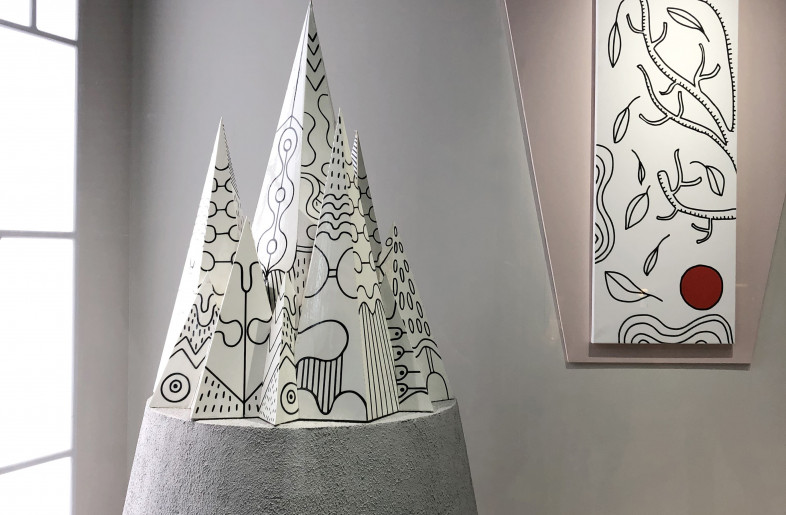
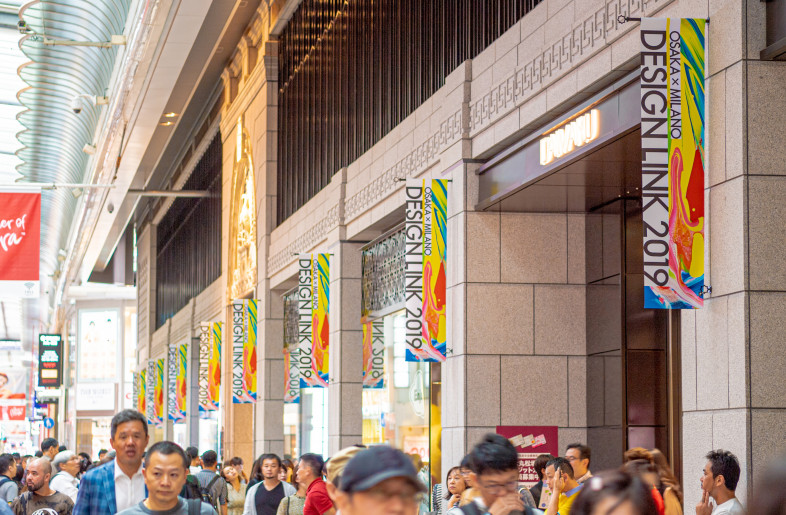


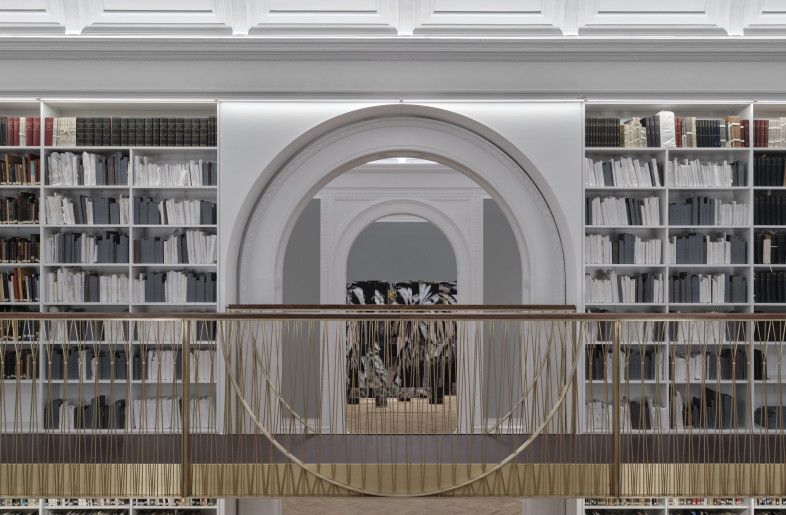

-thumb.jpg)
